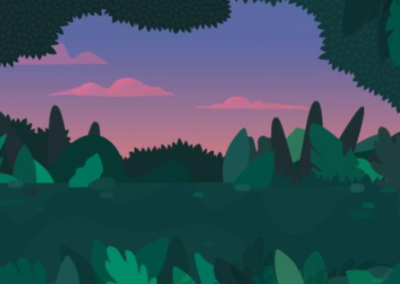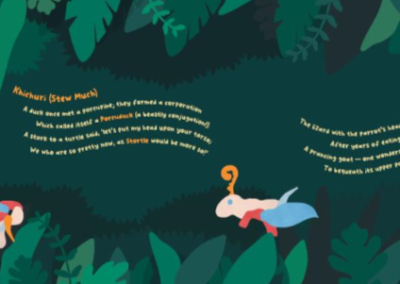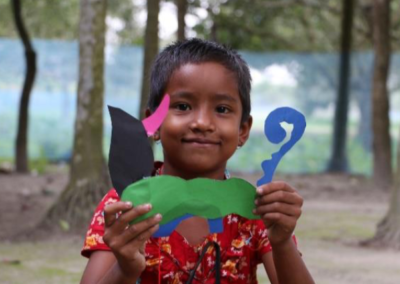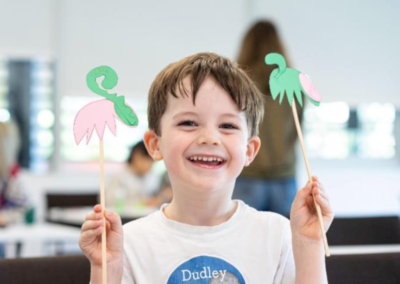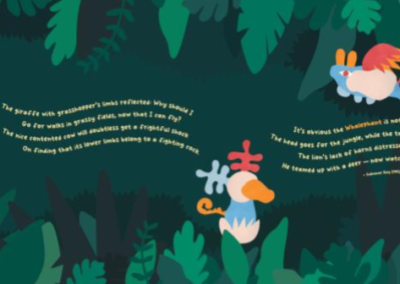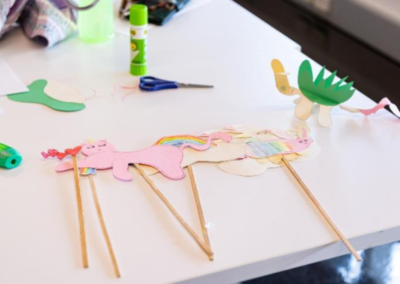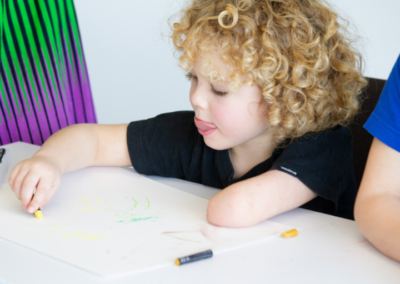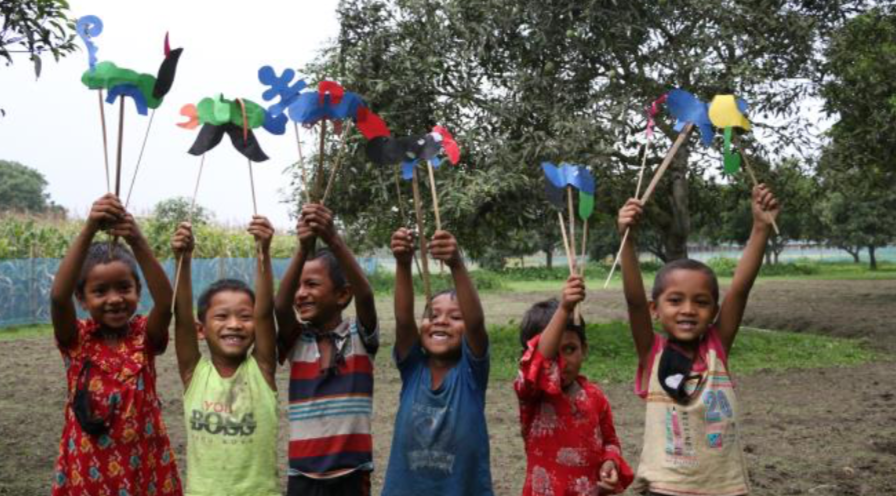
CATEGORY
AccessibilityYEAR
2021-22DURATION
Approx. four months of on-site engagementLOCATION
OnsiteFORMAT
WEBSITE
https://www.qagoma.qld.gov.au/whats-on/kids/apt10-kidsTARGET
Children and families, regional communities
Background:
To coincide with ‘The 10th Asia Pacific Triennial of Contemporary Art’ (APT10), the Queensland Art Gallery | Gallery of Modern Art’s (QAGOMA) Children’s Art Centre worked with selected exhibiting artists to develop new projects specifically for children and families as part of APT10 Kids. Across the seven APT10 Kids projects are themes that celebrate love, inclusion, diversity, and the importance of collaboration and community.
The Children’s Art Centre aims to engage children with multiple cultures so they can experience the many ways artists approach their work. QAGOMA has an ongoing commitment to presenting innovative exhibitions, projects and publications for children and families. The Gallery is also dedicated to making meaningful connections with communities throughout regional and remote Queensland by delivering free activities and materials for its annual Kids on Tour program. This enables children and families unable to travel to the Gallery to engage with contemporary art.
QAGOMA is excited that more than 120 venues around Queensland, including those in Dirranbandi, Stonehenge, Mount Isa, Aurukun, Redlands and more, have chosen to be part of the 2022 program.
Acknowledging the potential for interstate and overseas visitors to be impacted by ongoing COVID-19 travel restrictions, the Children’s Art Centre planned from the outset to develop online content for each project to allow the broadest access possible.
LINKS
FILES
AUDIO




